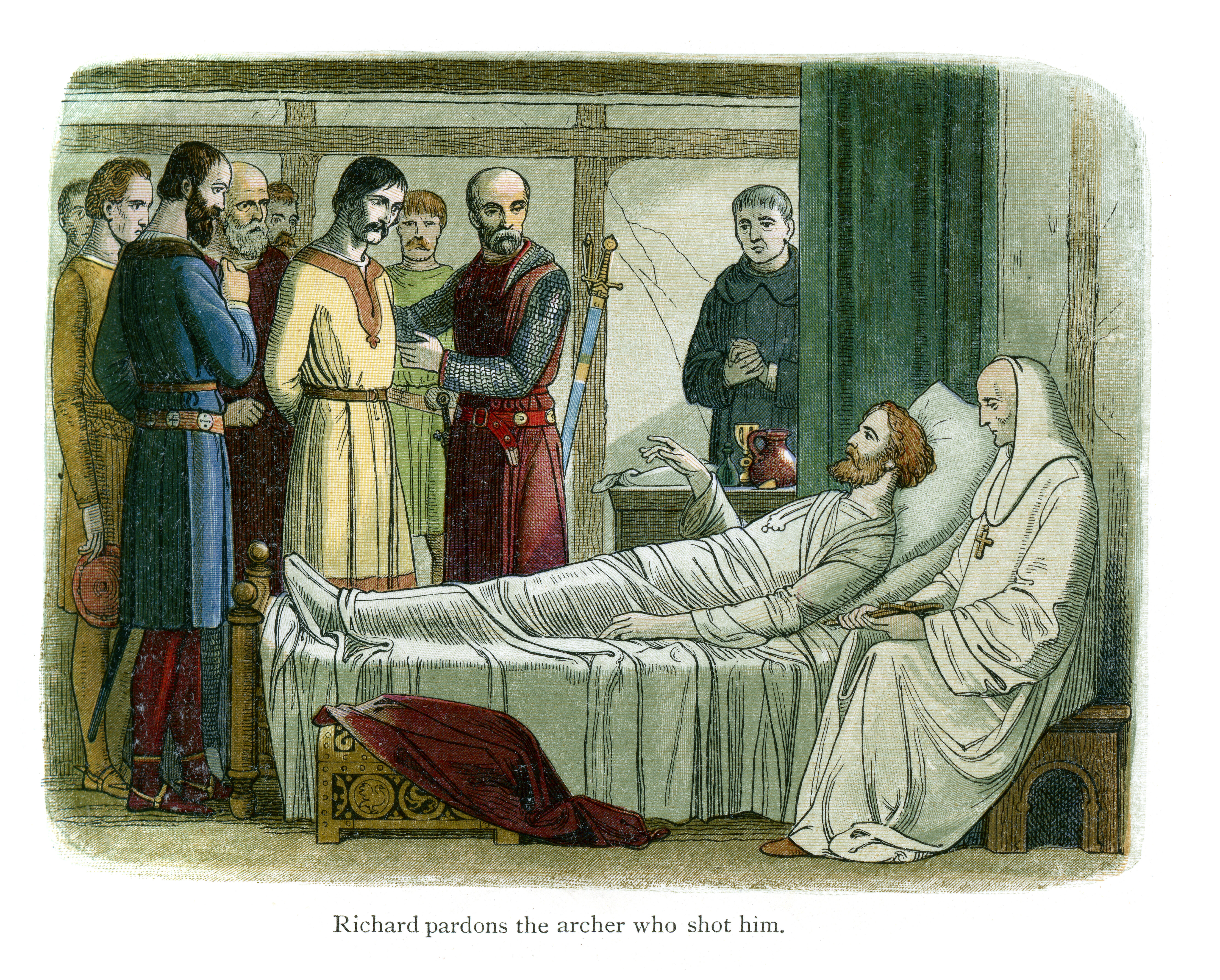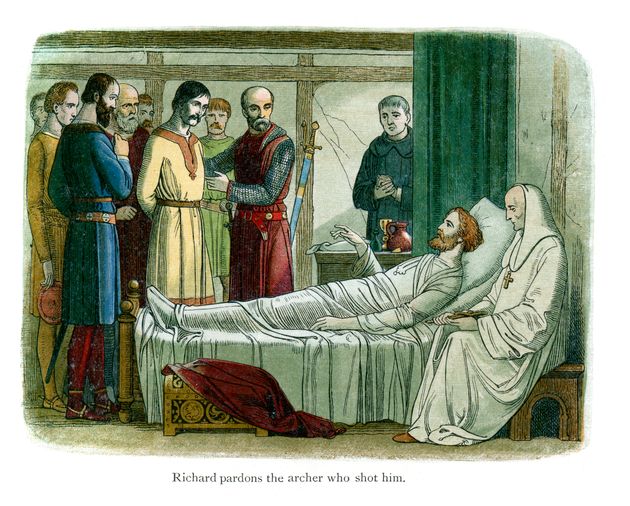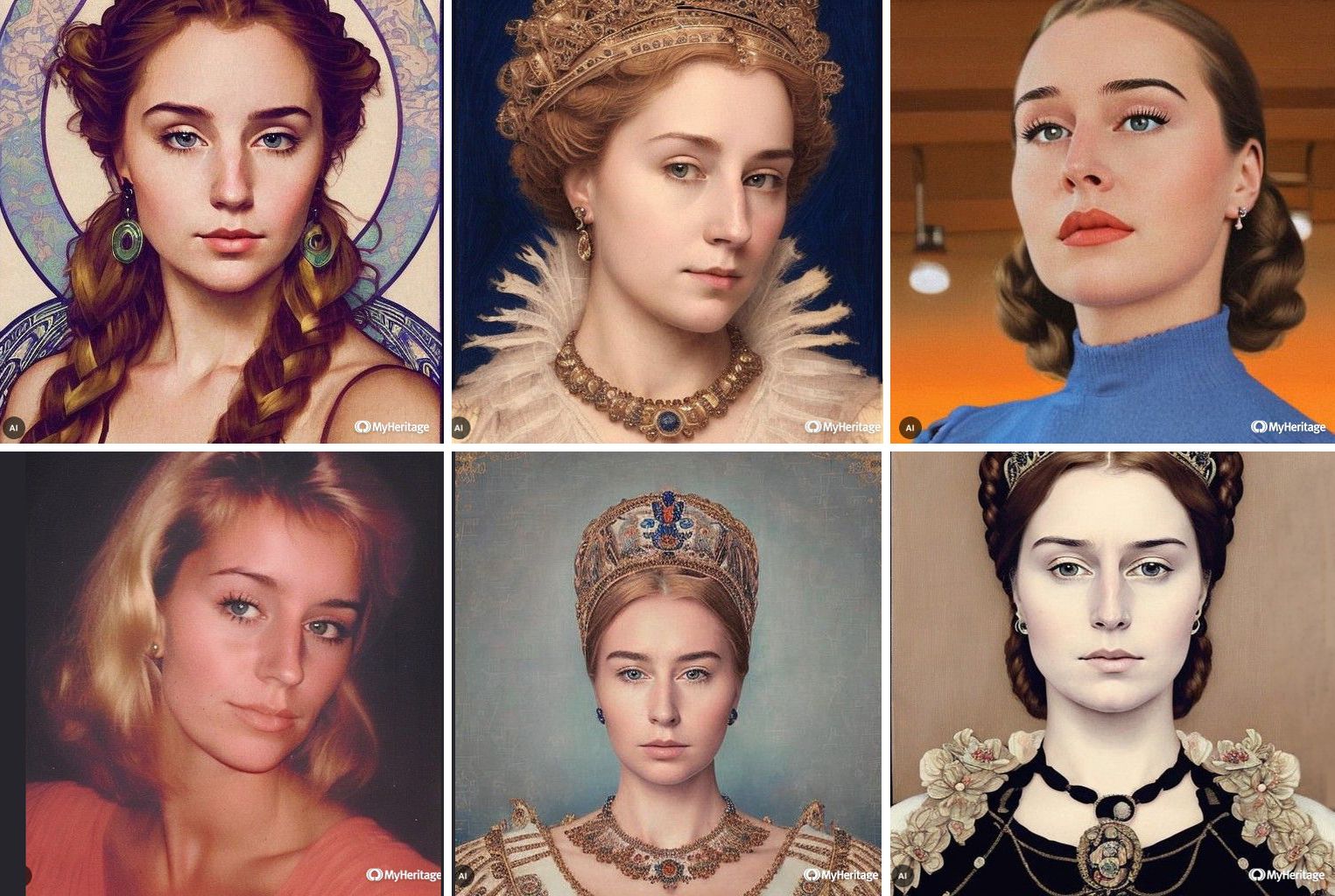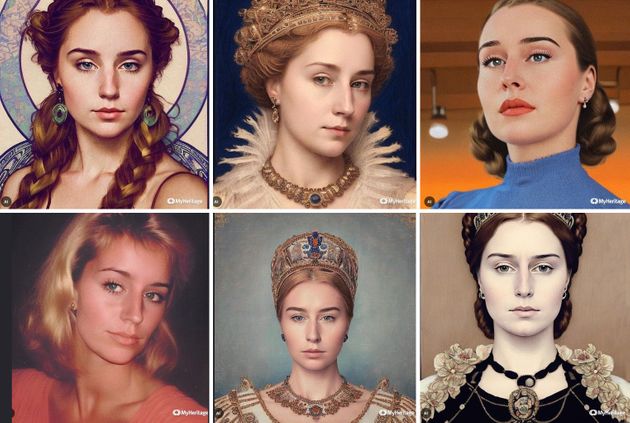Internet trends come and go. It’s as simple as that, especially on TikTok.
But with over 44 million views, the #aitimemachine trend that went massively viral on TikTok in November and December is still going, spreading to Twitter and Instagram, too.
Users upload photos of themselves to the genealogy platform MyHeritage, which for $10-$18 (£8.15- £14.68)transforms the images into digital portraits in the style of famous paintings and “historical figures” like an ancient Greek, a Viking or a sultan.
Many TikTok users say the images made them feel beautiful and more confident in their unique features, even those they usually feel self-conscious about.
“I usually dislike my key features (thin lips, weak chin [and] soft jawline) but I kinda want to cry at these,” @coreyisnothome wrote in a TikTok video that went viral with over 300,000 likes and 2.5 million views. “I’ve never felt so beautiful,” said user @marymargaret14.
Student Savannah Caughey explained in her own viral TikTok video that she always felt insecure about her nose, but the Time Machine images made her change her mind.
“This trend allows people to connect with a part of themselves that is not distinguished by modern-day beauty standards,” she told HuffPost, adding that “the images allowed me to see myself in another light.”
“I learned to see that I have more of a classic beauty than a modern one, and this trend allowed me to feel confident and happy with that,” she said.
The MyHeritage program produces images that resemble drawings and paintings that imitate real art. Could that be why people feel so beautiful in their images?
Portraiture dates back at least to ancient Egypt, and throughout history portraits were used to showcase wealth and power. “I think it’s important to know that humans have been creating portraits for thousands of years; it’s really not a new phenomenon,” said Ella Raphëlle Dufrene, a French-Haitian American visual artist and registered art therapist.
Before photography, portraits were also a way to be remembered after death — physical proof of someone’s life. But in the selfie era, when it’s easy to capture your own image with the click of a button, the AI Time Machine images combine the digital world and the love of portraiture humans have had for centuries.
If there’s anyone who can speak about people’s love of portraits, especially in the form of paintings, it’s Melbourne, Australia-based artist Rebekka Lord-Johnson, who specialises in photorealistic and hyperrealistic drawings and paintings.
She went viral on TikTok for creating live wedding paintings in which real-life couples and their wedding celebrations become the subjects of her art. She has more than 500,000 followers and 32 million views on TikTok, where she posts the work she describes as “family heirlooms.” “It’s a family portrait, essentially,” said Lord-Johnson.
In her opinion, the AI Time Machine trend went viral because art is a celebration of uniqueness. People are generally excited to see themselves in images resembling art.
“I think when you see yourself in the context of an artwork, when you’re a part of making an artwork, your recognisable features, and your recognisable face is part of the whole painting that makes everything beautiful, I think it can really capture and feature your uniqueness,” she said.
Lord-Johnson said that art has the opposite effect of social media, which promotes beauty standards that have people trying to look extremely similar to one another in order to feel beautiful. By contrast, art celebrates each person as they are, no filters needed.
But while images from the AI Time Machine might resemble art, she said, they aren’t really. “It’s almost like a filter to me, like an Instagram filter,” Lord-Johnson said. “It’ll adjust your features to current beauty standards or standards of beauty back then, historically. So people aren’t actually seeing themselves, necessarily.”
In her experience, people do feel prettier when they see themselves in artwork. In a painting, a person’s uniqueness is highlighted and appreciated in a way that’s not commonly experienced, which many people find refreshing.
The couples Lord-Johnson works with, for example, often express how beautiful they feel in her paintings. Not only are they seeing themselves portrayed as they are, but “there’s a lot of emotion behind what I do,” she said. “When I create a work of art, a lot of love and attention goes into that painting.”
But if the AI Time Machine creations can’t really be interpreted as art, why are people feeling beautiful? “I think people are seeing themselves as beautiful because they’re seeing themselves in a different context,” Lord-Johnson said.
Dufrene offered a similar theory. “I do think that it’s because of the fact that they’re being turned into an ‘artwork’ that it’s increasing their sense of beauty,” she said. “But if we think of the origins of the word ‘portrait,’ coming from old French ‘portraire,’ which means to draw, reveal or expose, the AI portraits are allowing people to play a role, to reveal a more beautiful or empowered part of themselves. What that’s really telling me is that people are longing for a sense of wonder, play and creativity in their lives.”
“If you think of a little girl dressing up as a princess, we all have that inner child that wants to feel fantastical, wonder and play,” Dufrene said. She explained that when people see themselves as famous paintings and historical figures, it may help them to tap into their inner child — which might be why people are so drawn to this trend.
“We have a lack of playfulness, wonder, and spontaneity in our own lives,” she said. It’s not often that people exercise their will to play, like by creating digital portraits of themselves that resemble art and feel fantastical and special.
“People are really stressed out, especially after Covid,” Dufrene said. “Many people work 9-5 day-to-day jobs, where they’re doing these redundant activities that don’t necessarily explore their creativity and bring out their sense of play, and I think that can kind of dull our sense of self.”
It’s understandable, then, that people felt beautiful participating in the AI Time Machine trend (and thankfully, given facial recognition and online privacy concerns, the company says it does not save the photos that users upload).
As internet fads come and go, Dufrene said, there are many ways of exercising our inner child in our day-to-day lives, as well as increasing our own sense of beauty through art. If we have the means, of course, we can contact artists we admire to create a portrait, or we can do it ourselves with an art therapist. It’s also possible to add more play to your life by yourself; your inner child lives wherever you want them to.
“Playing dress up, creating a storyline, there are many ways that we can push it a little bit more,” Dufrene said. “Paint it. Dress up. Create a story.”





